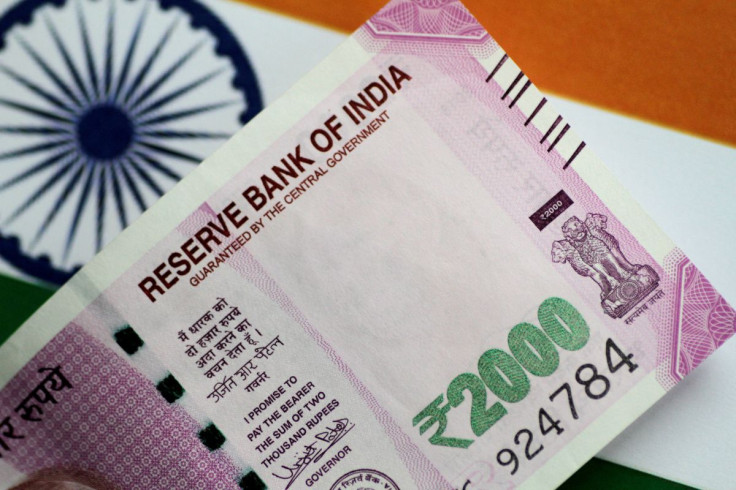India Plans To Cash In On Digital Currency

Way back on Jan. 9, 1988, The Economist, the UK-based magazine known for its original reporting, said, "Get ready for a world currency."
On Nov. 14, 2018, Christine Lagarde, Director of the International Monetary Fund, gave a speech at a fintech festival in Singapore and observed that users are expecting money to be convenient, cheap, safe, user-friendly, integrated with social media and available for person-to-person use.
As the fourth largest economy in the world, India is planning to stop its people from paying with cash with its proposed digital currency or e-rupee.
India has achieved great strides with the demonetization drive in 2016 which forced millions of Indians to opt for a bank account to conduct future transactions and the south-east nation successfully conducted great financial inclusion among its 1.38 billion citizens.
Following the demonetization, public sector banks in the country opened more accounts under the Pradhan Mantri Jan Dhan Yojna (PMJDY). In the first-week post demonetization, total deposits in Jan Dhan accounts increased 41 percent and by Dec. 7, the outstanding spectacularly rose to 63 percent.
Again, the Covid-19 pandemic contributed to the shift from cash in India.
The Reserve Bank of India (RBI) data showed the number of digital payments hiked by 64 percent from the year before to about 72 billion in the financial year ended in March 2022.
The tempo is expected to continue in the country known for its young population.
Buoyed by the success of the demonetization and increasing preference for cashless payment in the post-pandemic economy, India is now trying to empower its people to live in a cashless economy with its proposed Central Bank Digital Currency (CBDC) which will act as a legal tender and is exchangeable with cash.
China, South Korea, Russia, and Saudi Arabia are running pilots just like India on digital currency,
The Bahamas, Nigeria, Dominica, Montserrat, Antigua and Barbuda, Saint Lucia, St. Kitts and Nevis, St. Vincent and the Grenadines have already rolled out their digital currency.
In tandem with what Lagarde said on Nov. 14, 2018, and the Economist predicted in 1998, India's "E-rupee or digital rupee is likely to be easier, faster, and cheaper," the RBI said in a project report on Oct. 7
Though India's digital rupee uses blockchain technology just like cryptocurrency, it is guaranteed by the central bank while cryptocurrency is private in nature.
To transfer the digital currency, one must have the recipient's public key (a digital address) along with the recipient's private key (a unique password).
Transactions can be anonymous, depending on the amount of money. For higher amounts, mandatory disclosure is there.
To popularize the digital rupee in the country, India plans to have a provision to transact digital rupees without a bank account.
The government plans to solve the nitty-gritty associated with cross-border transactions with its proposed digital currency. India being the world's largest recipient of remittances at $87 billion in 2021, the government hopes to cash in on digital currency to boost cross-border payments.
Currently, there is no interest in the e-rupee. This is to prevent people from withdrawing money from banks and converting it to CBDC - causing banks to fail.
The RBI said the e-rupee will cut the cost of cash management. The government will save on operational, printing, distributing and storing costs by launching the digital rupee.
In the 2022 fiscal year, the government had to cough up 50 billion rupees to produce physical currency for the nation.
However, there are a few concerns yet to be addressed in India's push for a digital currency. Paper currency is known for making transactions anonymous. It can conceal activities from the government and avoid laws, regulations and taxes. However, electronic money, in principle, can be traced by governments at any time.
This puts individual privacy at stake in the age of data mining because people's purchase history and profiles of anyone using the electronic payment are open to scrutiny.





